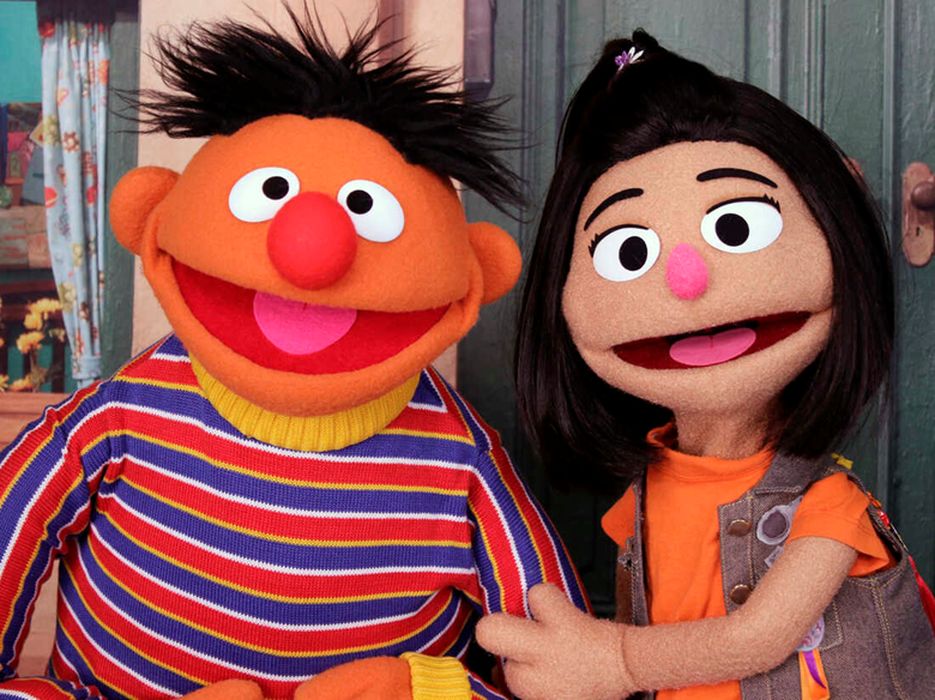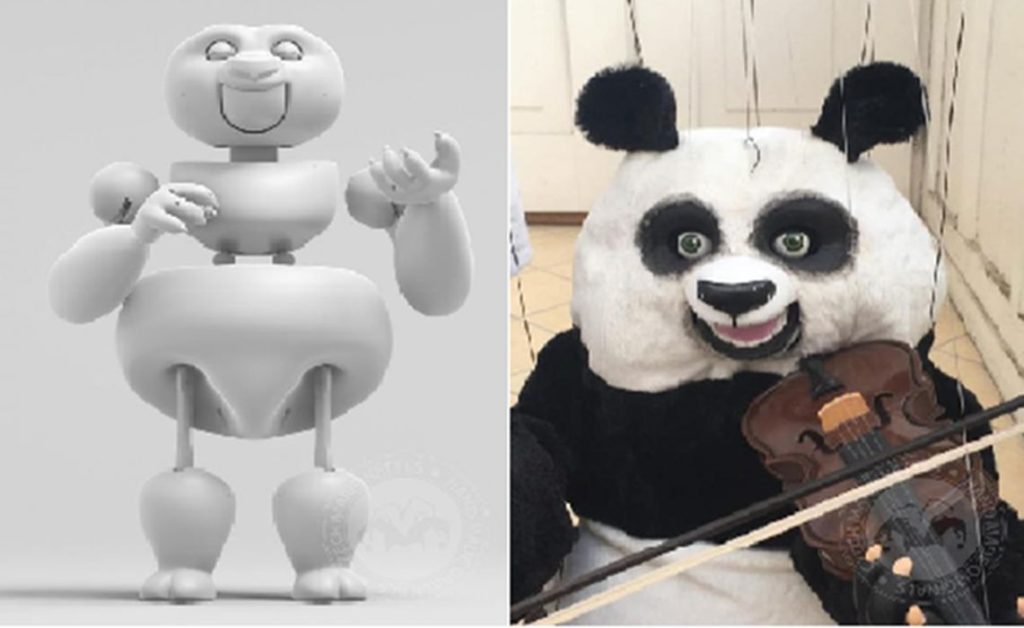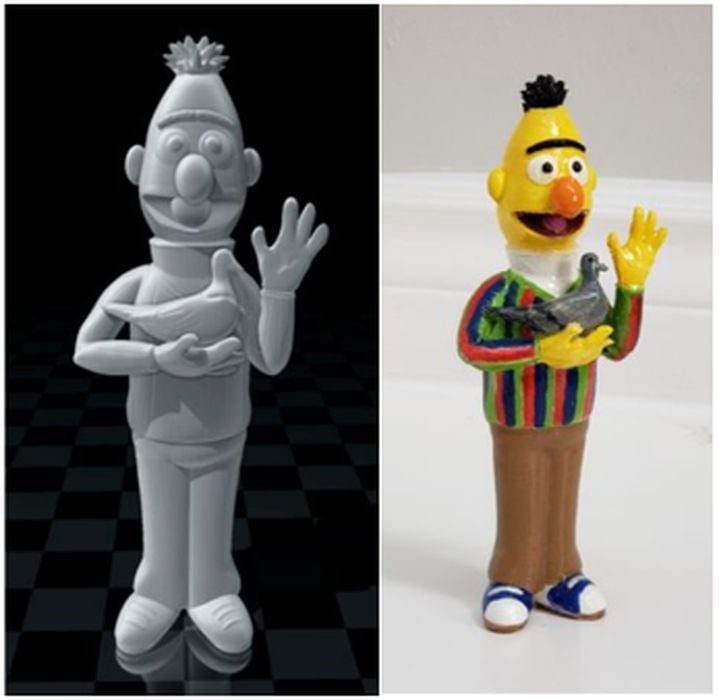
Charles R. Goulding and Arianna Coger look at how a children’s TV show pivot could make good use of 3D printing technology.
Sesame Street has been around since the late ‘60s, influencing toddlers and preschoolers throughout the world with their friendly puppets. Nearly every child in the United States could recognize Elmo, or other characters, from Sesame Street. The organization that produces Sesame Street, Sesame Workshop, has consistently worked towards providing children with content that can teach educational concepts while encouraging values such as kindness.
Prior to 2020, every Sesame Street episode would spend at least a year in the production pipeline before audiences at home were able to view them. The recent Wall Street Journal article entitled, “Why Sesame Street Is More Vital Than Ever,” discusses how the sudden impact of COVID led to Sesame Workshop exploring solutions to accelerate their production process and expand the topics discussed in their show.
The pandemic had led to parents needing content for their children that would explain current events in simple terms and provide support. The Workshop quickly worked to pivot their workflow and create content remotely within a significantly reduced amount of time. They were able to succeed, swiftly releasing a lockdown-specific video to their YouTube channel within 10 days of the onset of COVID closures and transitioning to remote puppeteer recording. Sesame Workshop has additionally been working to provide updated educational content related to STEM (Science, Technology, Engineering, Mathematics) fields, similar to Lego’s recent efforts.
Sesame Workshop’s ability to maintain flexibility and meet the demands of modern-day audiences has contributed to its long-term success and will likely continue to help guide future generations with forward-thinking ideas.
3D Printing Opportunities
The implementation of 3DP within the Sesame Street production workflow can facilitate Sesame Workshop’s transition to remote work and acceleration of episode development.
We have previously discussed the usage of 3D printed props on film sets. 3D printing has been used by Disney’s Marvel Studios for items such as Thor’s hammer and Iron Man’s suit. Similar techniques could be utilized to enable flexibility while designing and manufacturing props to be used within each puppeteer’s impromptu mini sets at home. Customizable 3D printed props could help accelerate the process of producing episodes by reducing the time needed for developing items. They could additionally consider using 3D printers to develop the internal components of future or temporary puppet characters.

Sesame Street-themed toys can also be 3D printed. We’ve previously discussed 3D printed toys related to shows such as The Queen’s Gambit and Squid Game. The 3D printing community has already developed plenty of 3D models of Sesame Street characters and locations. These toys can be customized and painted without requiring expensive materials or processes. 3D printing techniques can be utilized to produce these toys by large-scale manufacturers or guardians at home who seek to connect with their child.

Companies taking on similar endeavors may be eligible for Research and Development Tax Credits.
The Research & Development Tax Credit
The now permanent Research and Development (R&D) Tax Credit is available for companies developing new or improved products, processes and/or software.
3D printing can help boost a company’s R&D Tax Credits. Wages for technical employees creating, testing, and revising 3D printed prototypes can be included as a percentage of eligible time spent for the R&D Tax Credit. Similarly, when used as a method of improving a process, time spent integrating 3D printing hardware and software counts as an eligible activity. Lastly, when used for modeling and preproduction, the costs of filaments consumed during the development process may also be recovered.
Whether it is used for creating and testing prototypes or for final production, 3D printing is a great indicator that R&D Credit eligible activities are taking place. Companies implementing this technology at any point should consider taking advantage of R&D Tax Credits.
Conclusion
Sesame Street has provided a large amount of comfort to children and parents around the world due to its consistent offering of lighthearted content suitable for toddlers and preschoolers. Their pivot towards remote self-shooting and STEM education can be bolstered through the usage of 3D printing to develop new props, tools, and toys quickly and easily.
